Home>Ideas and Tips>Ghost Signs Restoring Vintage Advertising Murals


Ideas and Tips
Ghost Signs Restoring Vintage Advertising Murals
Published: October 20, 2024
Discover the art of restoring ghost signs, vintage advertising murals that revive history and enhance community pride. Learn techniques and see inspiring case studies.
(Many of the links in this article redirect to a specific reviewed product. Your purchase of these products through affiliate links helps to generate commission for Storables.com, at no extra cost. Learn more)
In the heart of many American towns and cities, there exist remnants of a bygone era—faded, weathered, and often barely discernible signs that once proudly advertised local businesses. These ghost signs, as they are affectionately known, are more than just relics of the past; they are tangible pieces of history that tell the story of a community's evolution and its connection to the world around it. The art of restoring these vintage advertising murals has become a cherished practice, not only for its historical significance but also for its ability to revitalize urban landscapes and foster community pride.
The Origins of Ghost Signs
Ghost signs are hand-painted advertisements that were once a ubiquitous feature of urban landscapes. Dating back to the late 19th century, these signs were a primary means of advertising for businesses, particularly in areas where billboards and other forms of outdoor advertising were not yet prevalent. The process of creating these signs involved skilled sign painters who used a variety of techniques, including hand-lettering and intricate brushwork, to create colorful and eye-catching advertisements.
The term "ghost sign" was coined because these signs often faded over time, leaving behind only faint impressions of their former glory. Despite their faded state, ghost signs continue to captivate those who encounter them. They serve as a window into the past, providing a glimpse into the lives and businesses of earlier generations.
Read more: How To Store Ghost Peppers
The Art of Restoration
Restoring ghost signs is a delicate process that requires a deep understanding of both the historical context and the artistic techniques used in their creation. The goal of restoration is not to make the signs look new but to preserve their original character while making them readable again.
Jeremy Russell and Scott Allred, founders of Brushcan Custom Murals & Hand-Painted Signs, have become renowned for their work in restoring ghost signs. Their approach involves careful observation and research to understand the original signs as closely as possible. This includes consulting with local historians, examining archived newspaper ads, and even cleaning the signs to reveal hidden layers of paint.
The restoration process typically begins with cleaning the surface of the sign to remove dirt and grime that may have accumulated over the years. Once clean, the signs are sealed with an acrylic urethane finish to protect them from further deterioration. The next step involves painting—restoring just enough to make the signs easily readable but retaining their vintage look.
One of the challenges in restoring ghost signs is capturing their intricate brushwork and layered colors. For example, in the 1920s and ’30s, sign painters often mixed their own paint, resulting in pigments that would separate over time, creating small dots of color. Restorers must re-create this effect to maintain the authenticity of the sign.
Case Studies: Restoring Ghost Signs in Different Communities
Mooresville, North Carolina
In Mooresville, North Carolina—a Main Street America community about 45 minutes north of Charlotte—the town's historic signs were given new life through a restoration project led by Russell and Allred. The project involved restoring three signs in the Mooresville Commercial Core Historic District. Locals provided valuable historical context, and archived newspaper ads supplied additional clues about the original signs.
The results of their work pleased residents, who appreciated the historic backdrop that the restored signs added to their downtown area. Kim Atkins, executive director of the Mooresville Downtown Commission, noted that the restoration "definitely adds to the historic backdrop of our downtown." Tim Brown, a municipal planner involved in the project, expressed a sense of pride and advocacy for restoring these signs, highlighting their importance in preserving community history.
Old Saybrook, Connecticut
In Old Saybrook, Connecticut, John Canning & Co. was retained by the town to complete a visual assessment and documentation of a historic ghost sign on the exterior of the Sheffield Building. This building dates back to pre-1853 and is likely the oldest commercial brick building in town.
The restoration project involved two phases: the first phase focused on restoring the left side of the building canvas featuring an original Real Estate sign, while the second phase addressed the right side with a STOKES BROS sign. The goal was to have both sides blend seamlessly together, preserving their ghostly fading form.
Astoria, Oregon
Craig Winslow, a Portland-based light artist and experiential director, has created nearly 40 light capsules around the world. His project involves intricately mapping projections that resurrect ghost signs, bringing them back to their turn-of-the-century glory with colorful, animated light.
Winslow's latest permanent U.S. light capsule was premiered in Astoria, Oregon. This installation not only restored some of Astoria's hand-painted signs but also highlighted their historical significance through dynamic lighting effects. Winslow's passion for ghost signs stems from their unique aesthetic and the layers of time they contain.
The Importance of Preserving Ghost Signs
Ghost signs are more than just advertisements; they are pieces of history that tell stories about businesses, communities, and cultural practices. By restoring these signs, we not only preserve their artistic value but also contribute to community revitalization efforts.
Restoring ghost signs can have several positive impacts on a community:
- Historical Preservation: Each ghost sign provides a glimpse into the past, offering insights into how businesses operated and how communities evolved over time.
- Community Pride: Restored signs can become symbols of local pride, fostering a sense of ownership and connection among residents.
- Economic Development: Revitalized downtown areas with restored ghost signs can attract tourists and locals alike, potentially boosting local economies.
- Cultural Heritage: These signs serve as tangible links to our cultural heritage, preserving techniques and artistry from earlier generations.
Controversies Surrounding Restoration
While restoration efforts are generally well-received by communities and historians alike, there are also arguments against restoring ghost signs. Some argue that restoring these signs alters their original character and misses the point of their historical significance.
MaryAlice Bitts-Jackson raises several points in her essay "Should we restore ghostsigns?" She argues that while restored ghostsigns can be appreciated by a broader public and add bright dashes of color to landscapes, they often miss the sumptuously textured original artwork. She suggests leaving fading ghostsigns alone to preserve their unique patina.
However, on a case-by-case basis, partially restoring ghost signs can play a positive role in stoking community spirit and preserving local history.
Read more: How To Advertise On Television
Conclusion
Ghost signs are an integral part of our urban landscape's history and cultural heritage. The art of restoring these vintage advertising murals involves careful observation, research, and craftsmanship to preserve their original character while making them readable again.
Through case studies from Mooresville, North Carolina; Old Saybrook, Connecticut; and Astoria, Oregon—among other places—we see how restoration projects not only revive these signs but also strengthen community ties by preserving historical artifacts that tell stories about our past.
In conclusion, restoring ghost signs is not just about preserving art; it's about preserving history itself—a history that continues to captivate us today through its faded yet enduring presence on our city streets.
References
-
Faded Glory: The Restored Ghost Signs of Mooresville, North Carolina
- Saving Places
-
Ghosts In The Decorative Arts
- John Canning & Co.
-
Faded 'ghost signs' given new life in Astoria
- OPB
-
Ghost Signs — THE BITTER SOUTHERNER
- Bittersoutherner.com
-
Should we restore ghostsigns? Let's discuss.
- WordPress.com
Was this page helpful?
At Storables.com, we guarantee accurate and reliable information. Our content, validated by Expert Board Contributors, is crafted following stringent Editorial Policies. We're committed to providing you with well-researched, expert-backed insights for all your informational needs.
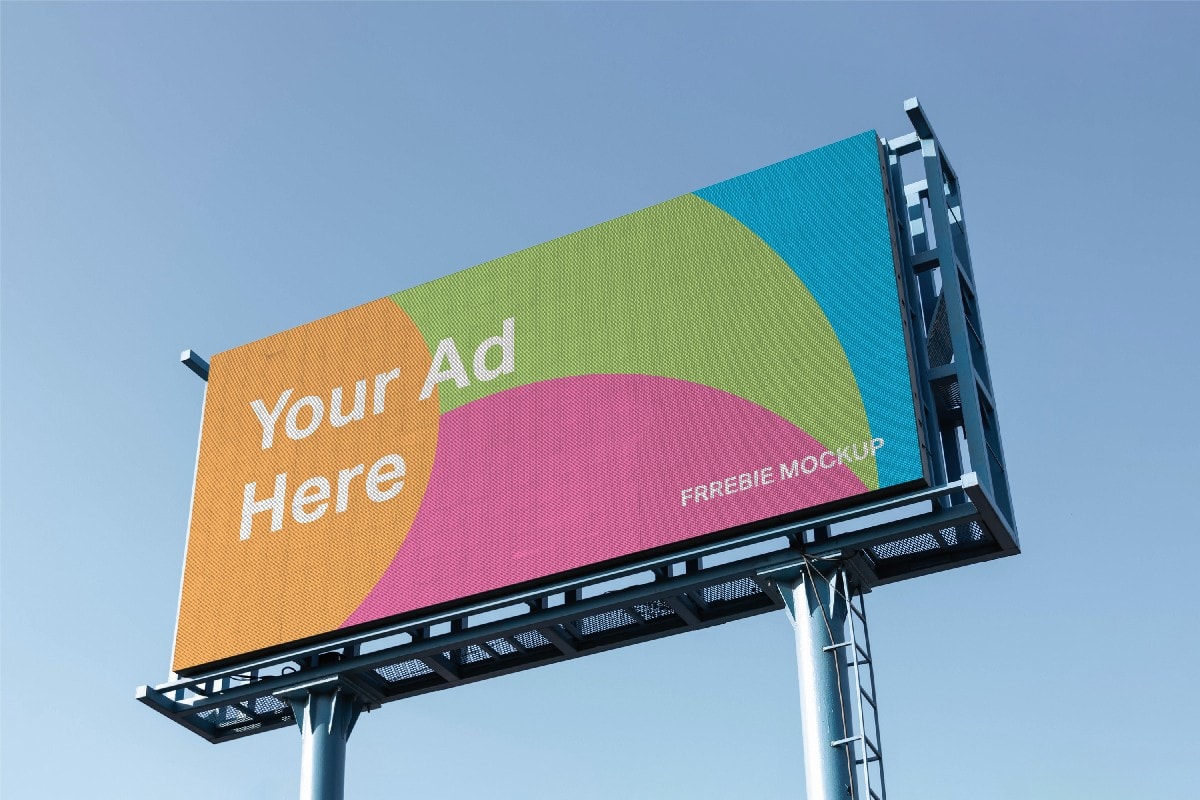



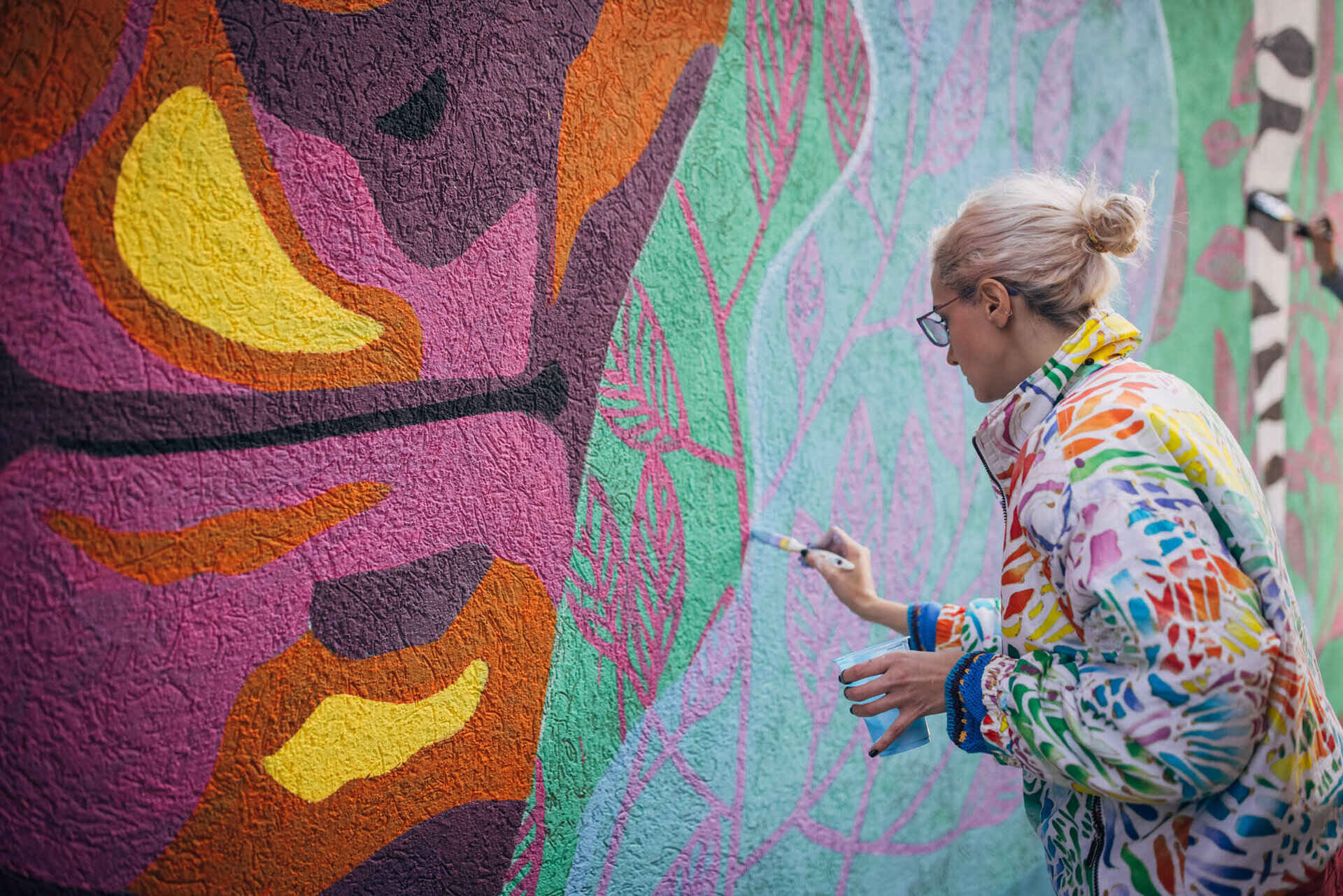
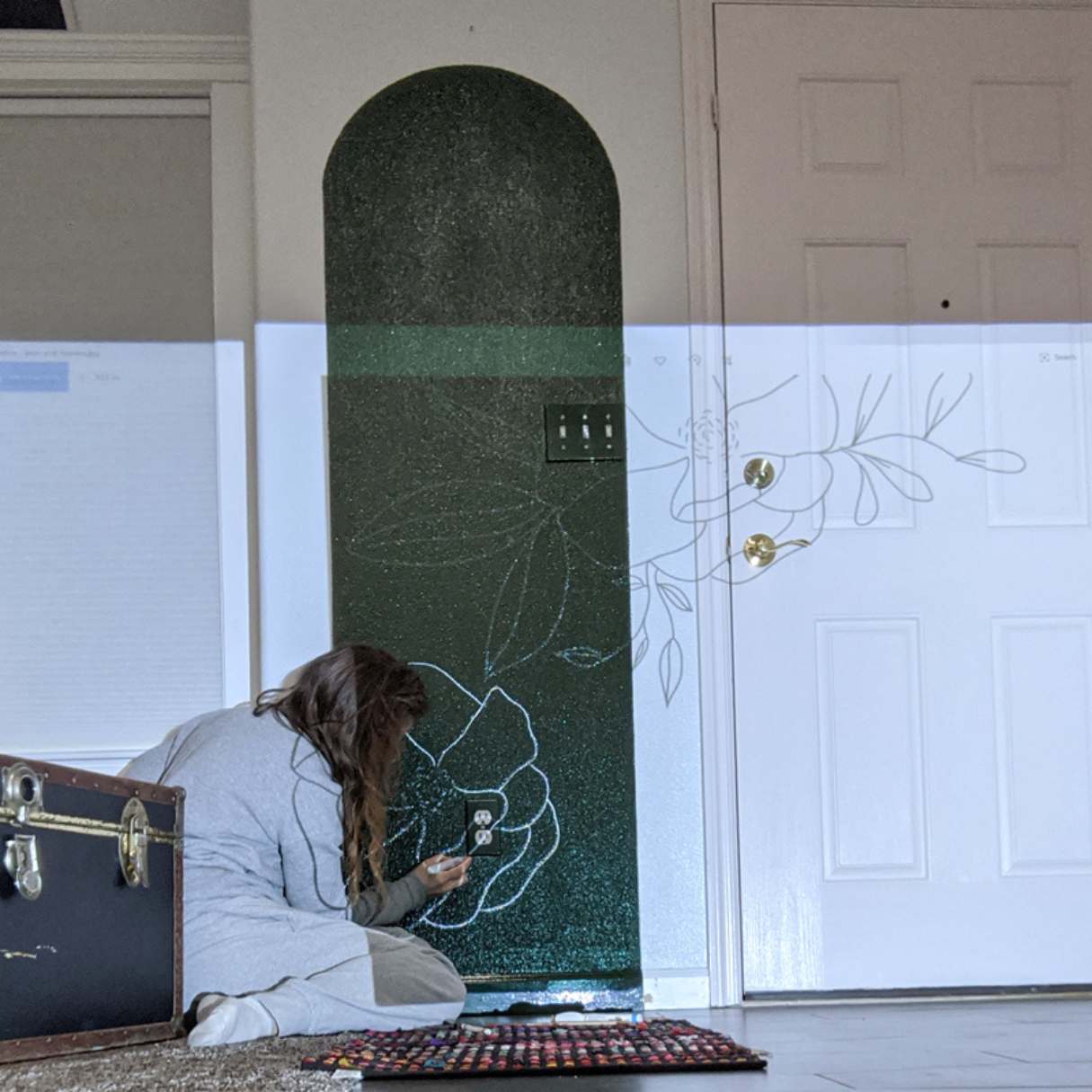

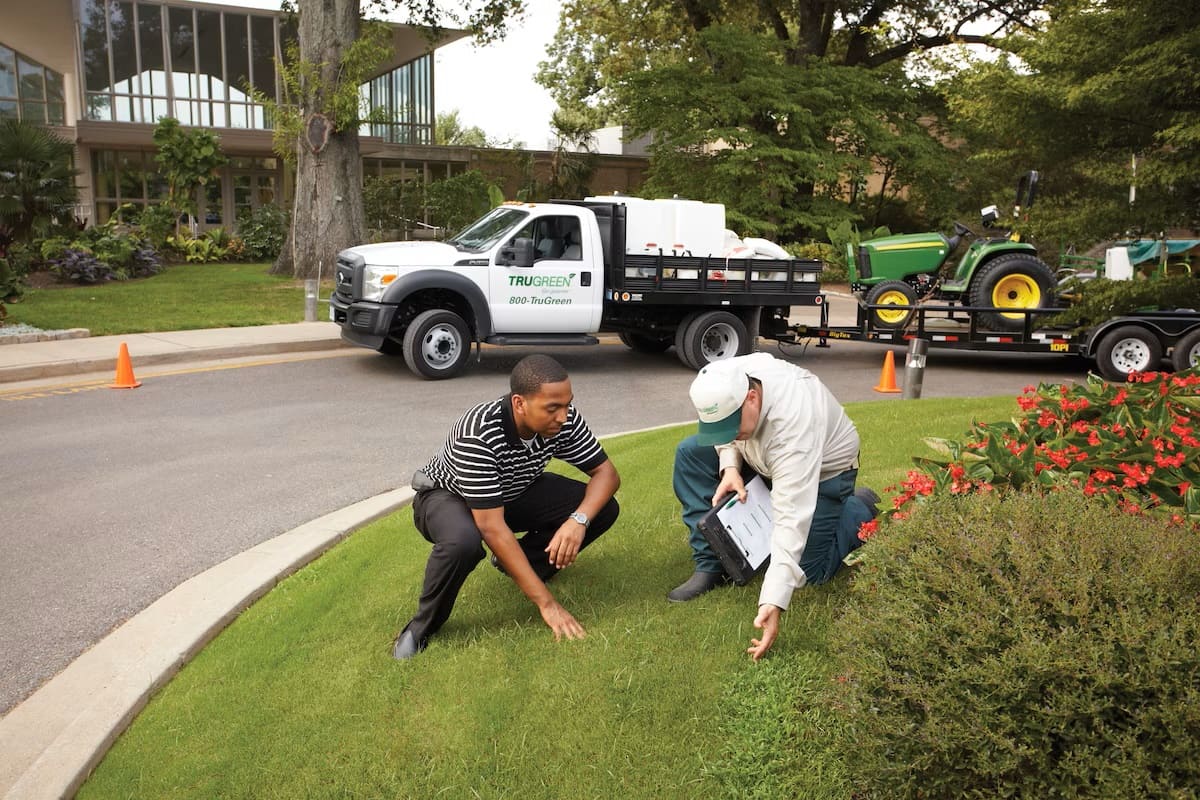
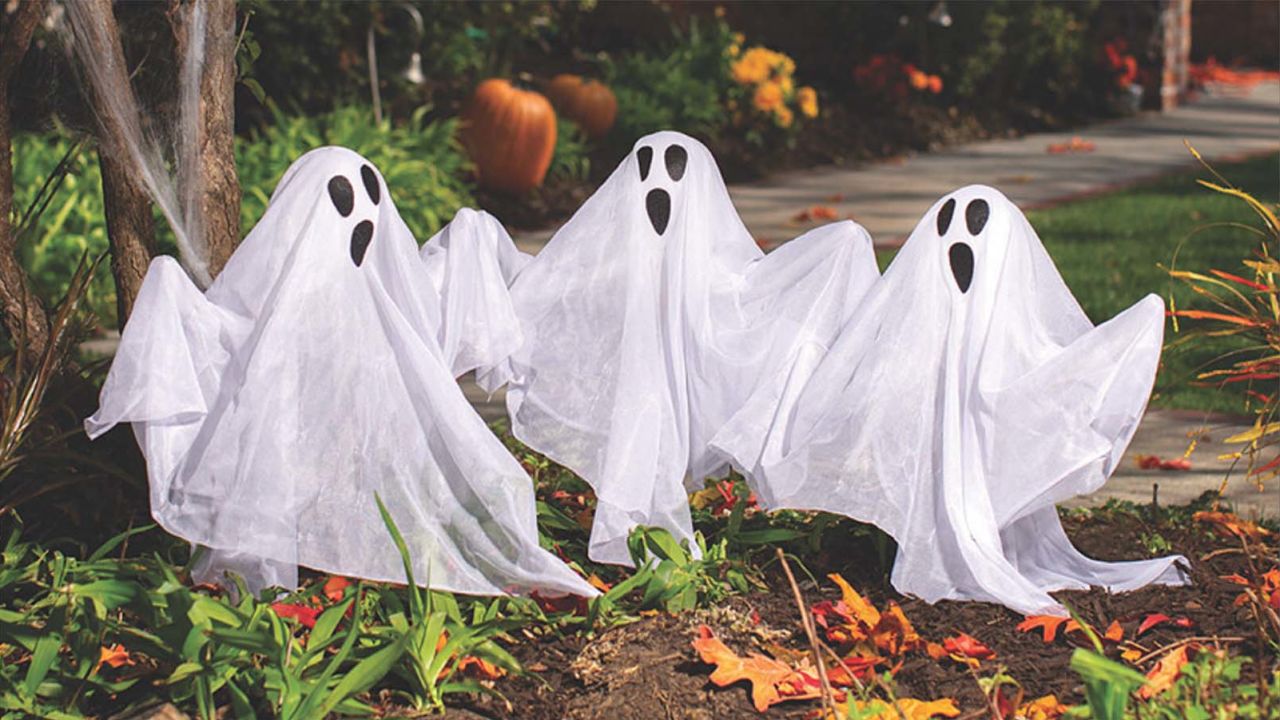

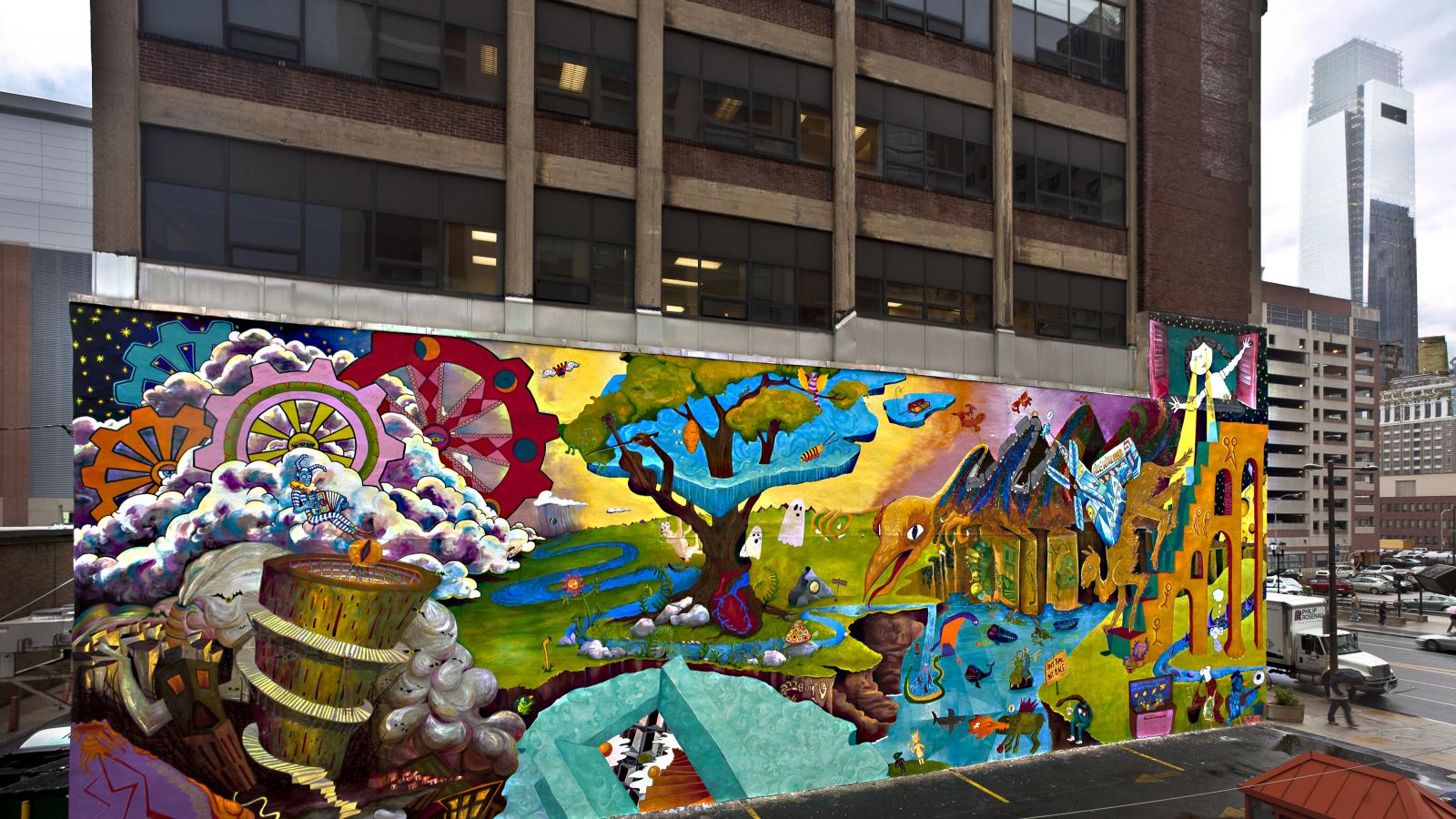

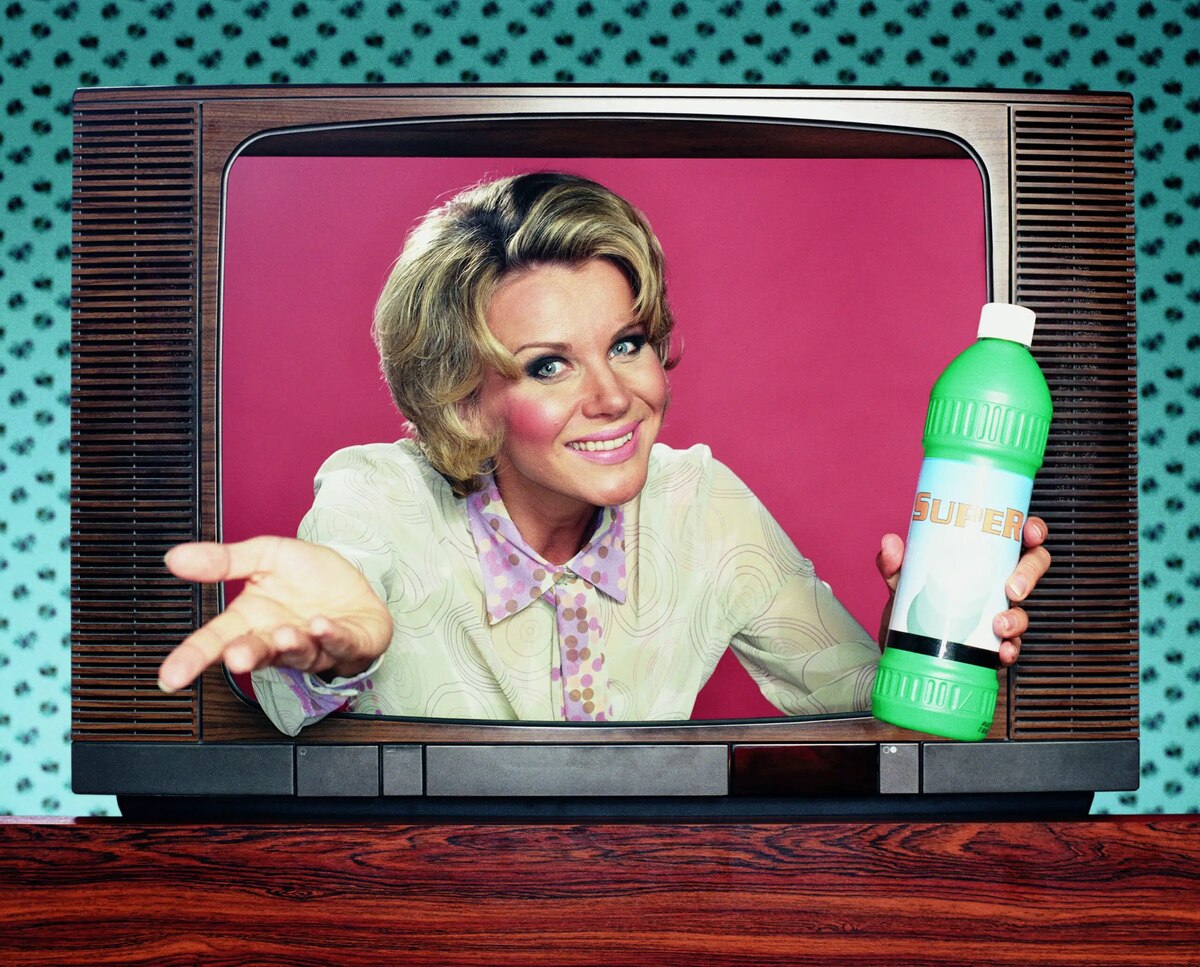


0 thoughts on “Ghost Signs Restoring Vintage Advertising Murals”